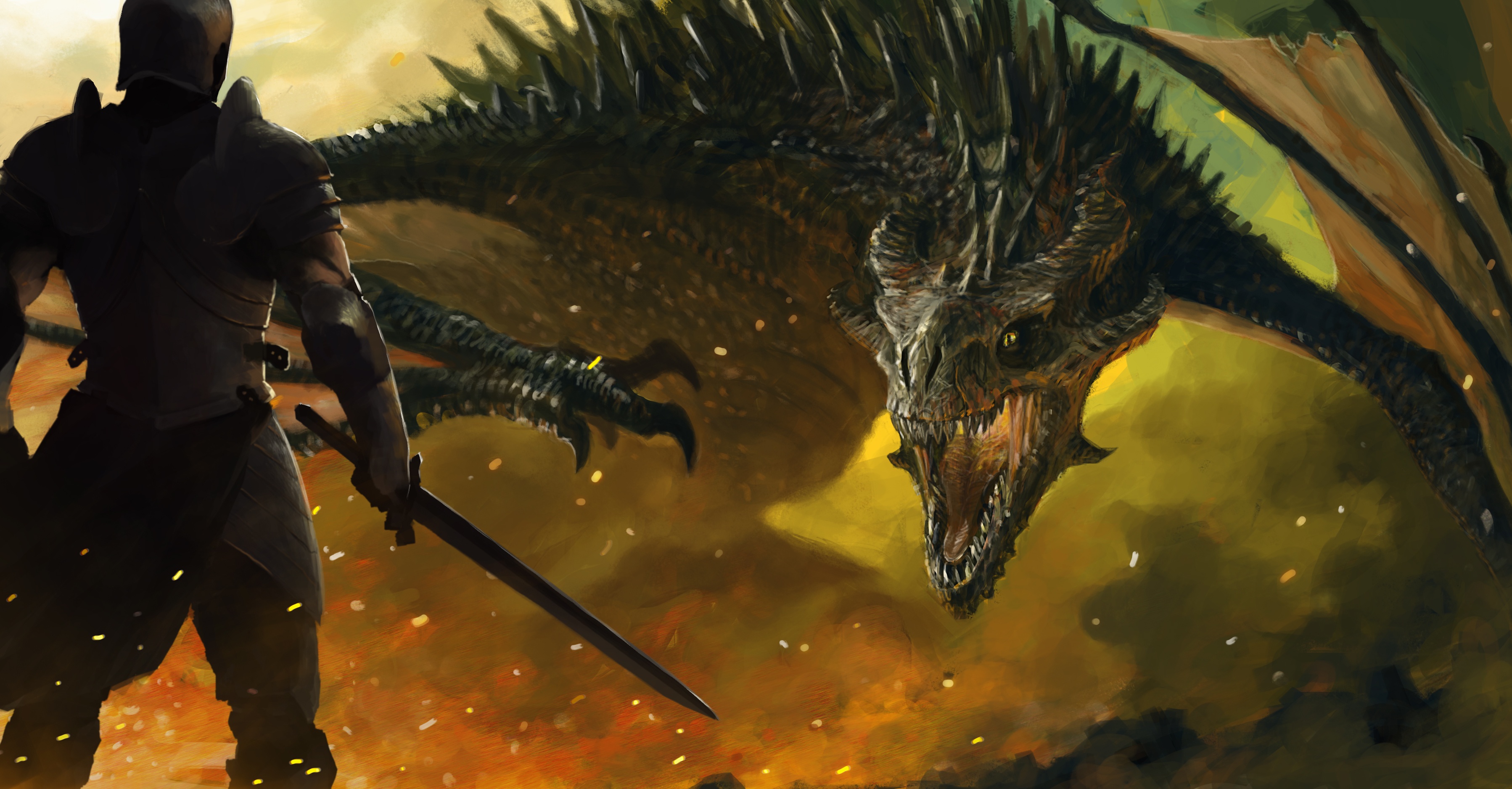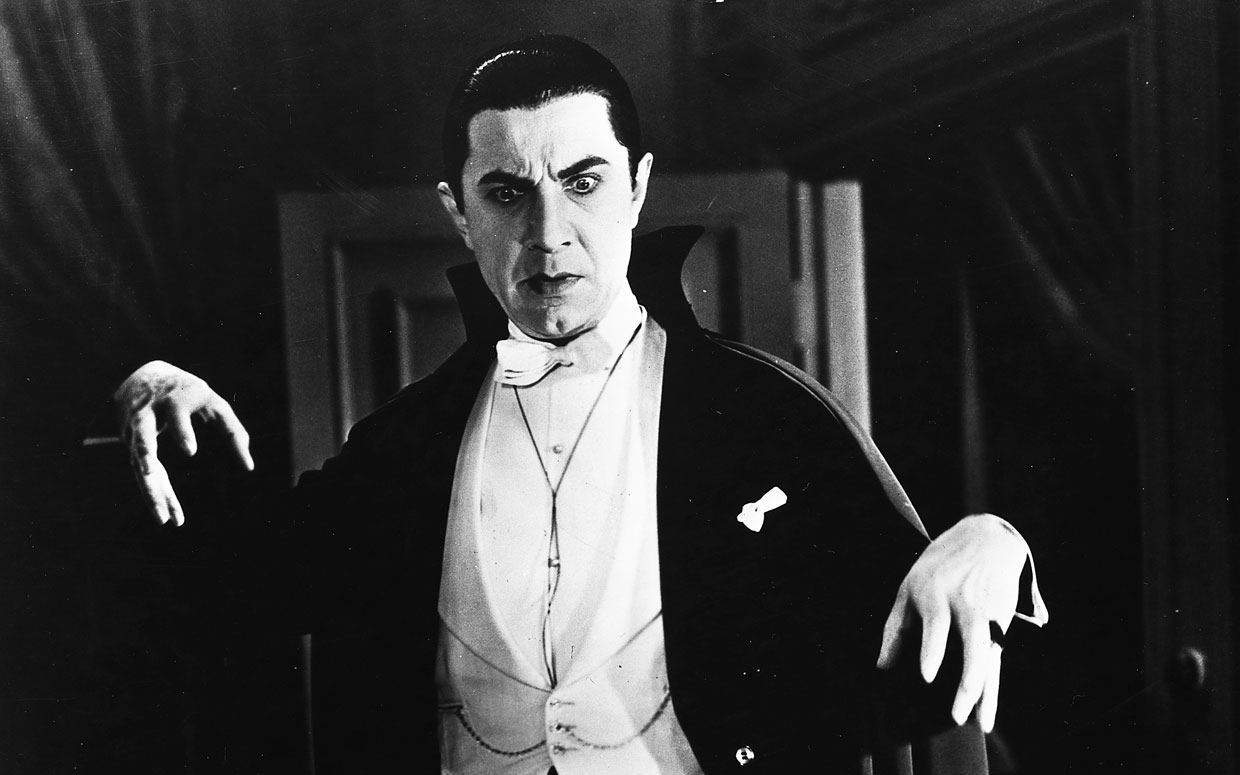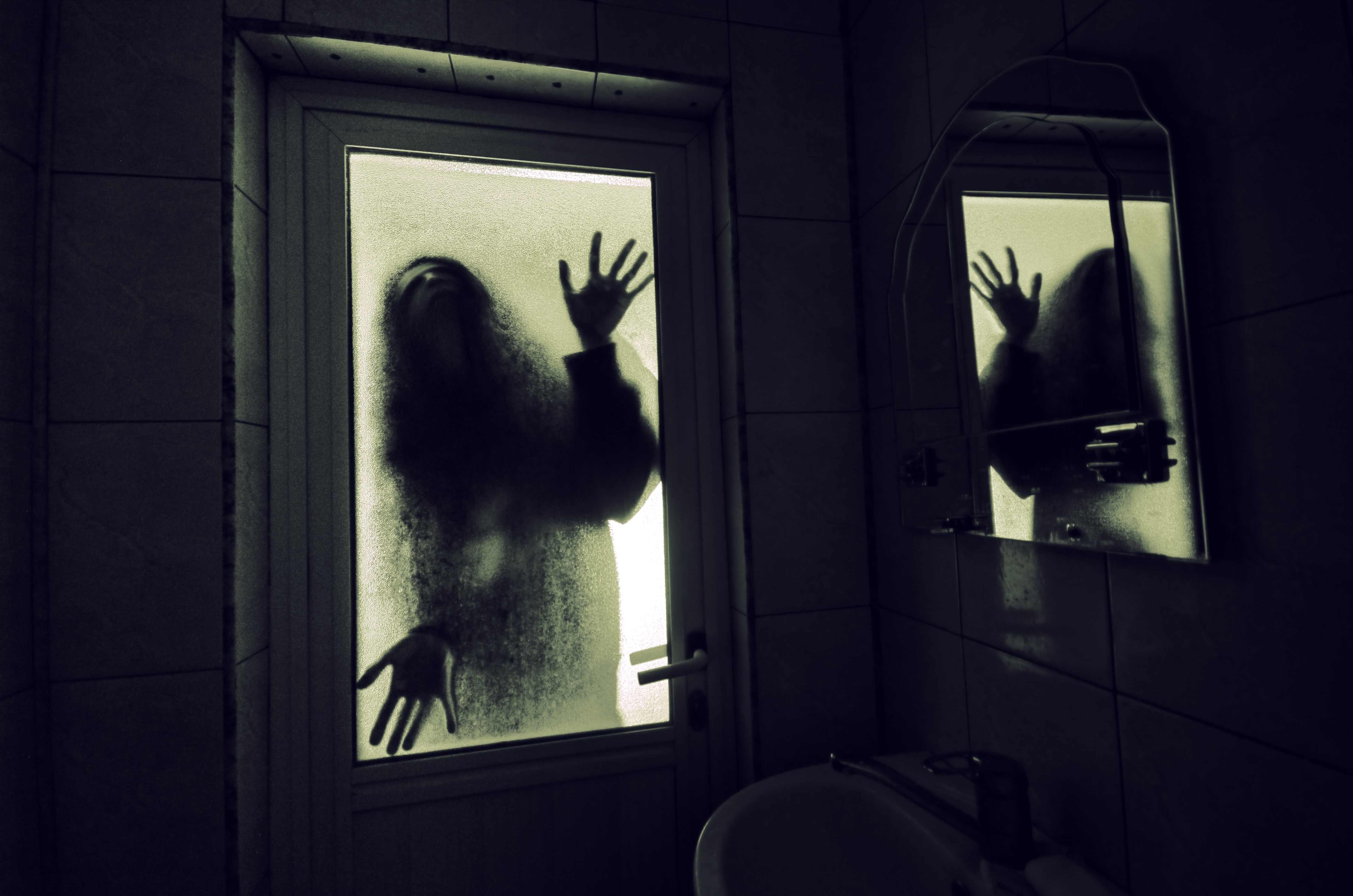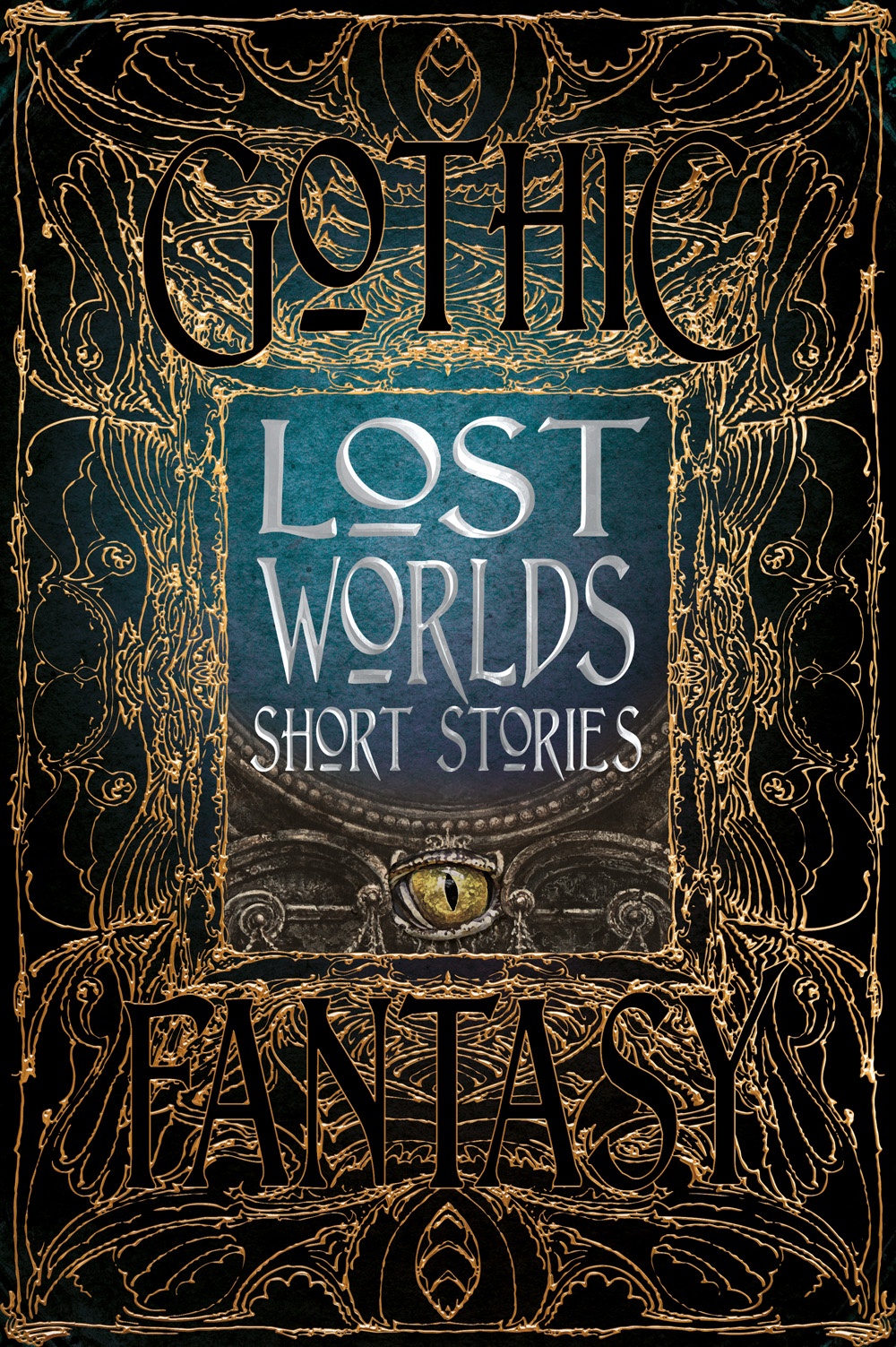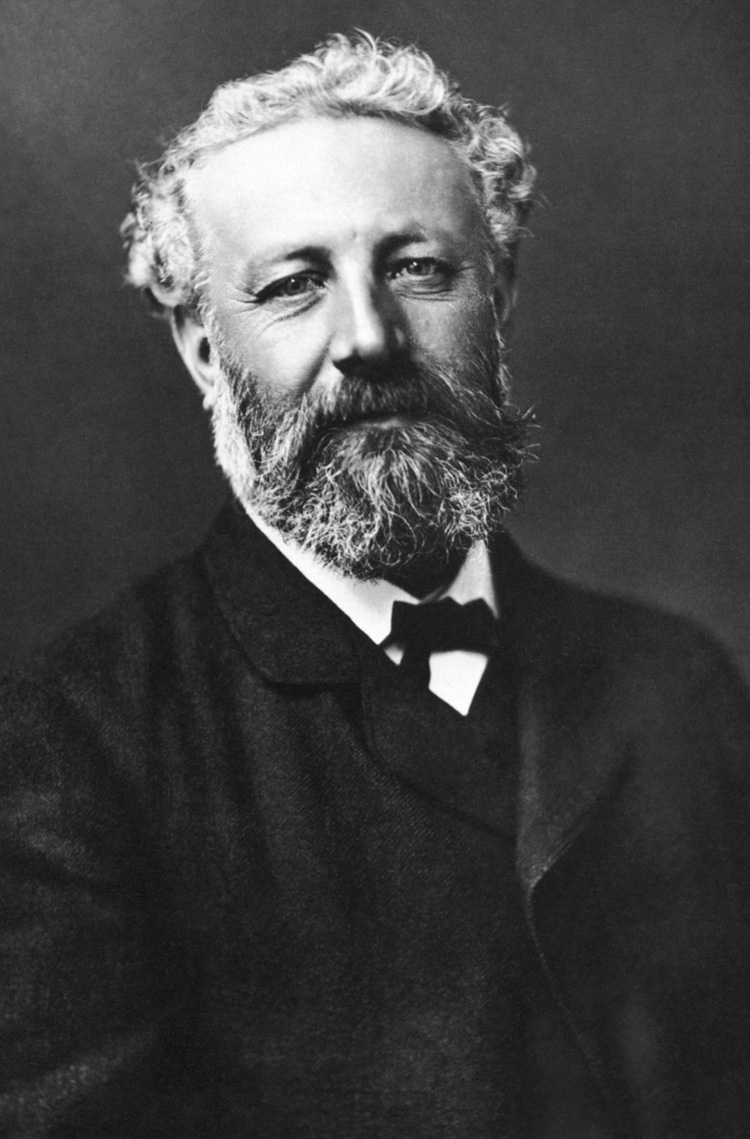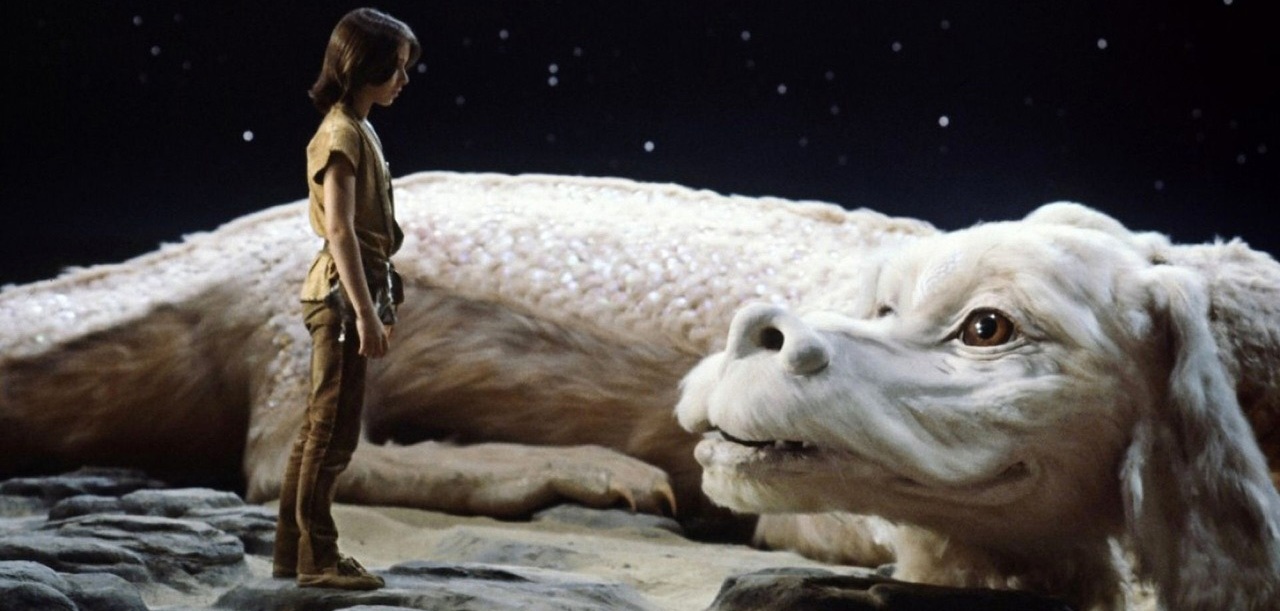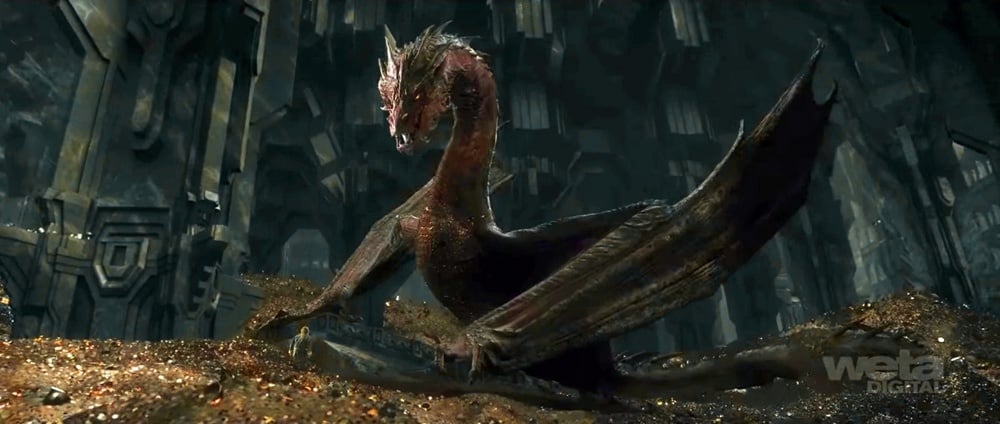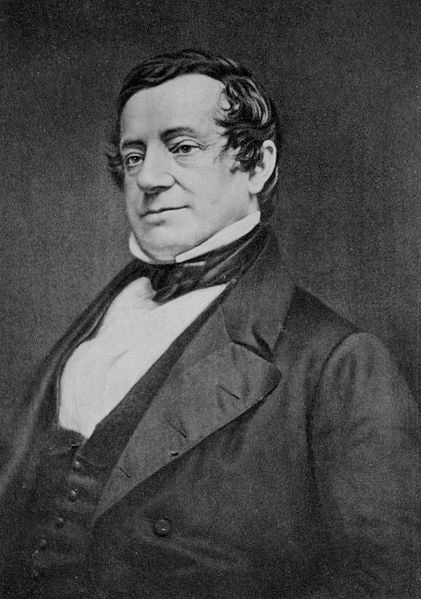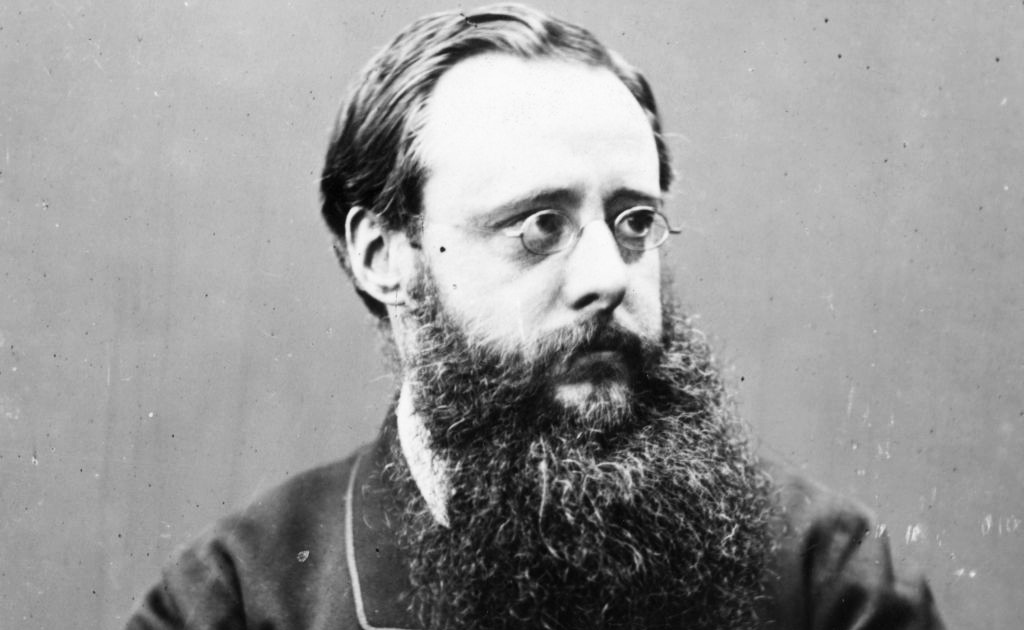As the publication date for Heroic Fantasy inches nearer, our Q&A with the anthology’s short story authors offers a taster of what to expect in the book. In the style of the Q&As for Lost Worlds and Supernatural Horror, authors from the Heroic Fantasy volume also respond to questions relating to their selected story, the genre as a whole, and their own writing methods. First up, they reveal what led to the writing of the included stories: scintillating tales where courage, sorcery, swordplay and fantastical creatures abound.
Flame Tree Fiction
Gillian Whitaker
Recent Posts
Following on from the first part of our Q&A with the Supernatural Horror authors (which can be read here), this post looks at their favourite tales and own writing methods. The selection of responses below sheds light on the authors behind the tales – tales that collectively promise a veritable feast of brooding atmosphere, nightmarish monsters and unsettling circumstances, alongside a number of notable stories from the genre by classic authors like M.R. James, Ambrose Bierce, Elizabeth Gaskell, Nathaniel Hawthorne, Wilkie Collins, H.P. Lovecraft, Bram Stoker, Edgar Allan Poe… and more.
Topics: Gothic Fantasy, Short Stories, Q&A
This week, it's the turn of our Supernatural Horror authors to face questions on their selected stories, influences and writing practices. In this first part of the Q&A, some of the authors summarise how inspirations played a part in the composition of their sinister tales. With the anthology shortly available to buy through our website, the below responses offer us a sneak peak of what’s in store!
Topics: Gothic Fantasy, short fiction, Q&A
Concluding our Q&A with the new Lost Worlds authors, we quizzed them about their writing methods, as well as their own favourite stories from the genre. Conan Doyle's The Lost World was, understandably, a popular choice, and we're very happy to say extracts of this influential tale are included in the collection, alongside works too by Jules Verne, H.G. Wells, Robert E. Howard, H. Rider Haggard, and other greats.
Topics: Gothic Fantasy, Short Stories, Q&A
In anticipation of the release of our Lost Worlds anthology, we got in touch with some of the authors behind the new short stories in order to hear about the inspiration behind their contribution, as well as their thoughts on the genre and the writing process itself. In the first of 2 blogs this week, the responses below provide a tantalising glimpse into a few of the chosen tales: mysterious lands and intrepid explorers soon to be unleashed into the book world…
Topics: Gothic Fantasy, Short Stories, Q&A
A novelist, poet and playwright, Jules Verne was a pioneer in the realm of science fiction, with tales that revolved around the appeal of the unknown and the thrill, danger and wonder of the new. Along with H.G. Wells, Verne is considered to be one of the genre’s founding fathers, and his revolutionary adventure novels had a major impact on not only literature but also the industries they describe – for example, numerous scientists and explorers, including aviation specialists and astronomers, have cited the works of Jules Verne as an inspiration for their choice of work.
After Agatha Christie, Verne is the second most translated author, even ahead of Shakespeare, making him the most translated science fiction author to date. Frequently reprinted or adapted for film, his books number over 70 – 54 of which comprised the Voyages Extraordinaires. Featuring daring journeys to unexplored places throughout the universe, these Voyages essentially describe the thematic appeal of his work: characters and readers alike marvel at the discovery of new or previously unseen wonders, making his stories themselves an exploration in imagination.
Topics: Jules Verne, sf fiction, Biography
Dragons are dramatic creatures – the very height of awesome power and destructive potential. Dr Faustus notoriously rides a dragon-drawn chariot, and these creatures have long been associated with heroism, grandeur and ancient mystery.
The ‘dragon’ has been imagined in various forms, and for Carl Jung, they were an ‘archetype’, that is, an inherited idea or image that formed part of society’s collective unconscious. Jung explains the cold-blooded, reptilian nature commonly attributed to dragons is a way for us to collectively identify or represent symbolically the inhuman part of our own psychology. Our last blog on dragons covered a number of dragons in literature that embody these necessary components that oppose and emphasise the hero-type. But how have dragons and dragon-like figures been conveyed in visual form? The artwork and design of a dragon is highly important in confirming as well as enhancing our understanding of what a ‘dragon’ is, and below we’ve come up with a list of 8 of the most memorable on-screen dragons.
Topics: dragon art
Ancient, beautiful and undeniably powerful, dragons in their most common depictions have helped characterize the fantasy world and lend impressive mythological grandeur to the tales that feature them. Dragons are an attention-grabbing component of hero myths in particular, where there has been a pervasive attitude that the defeat of a dragon is a way of proving one’s mettle, that a dragon-like figure or idea must be ‘conquered’ in order to attain a ‘prize’ (usually treasure, or virtue personified in the figure of a maiden).
Dragon-slayers earn the greatest respect, not only in medieval romance (such as Tristan & Isolde) but also among the heroes of antiquity, with Apollo (who slew the earth-dragon Python) and Perseus (who, after having dispatched Medusa, defeated the sea dragon [kētos] to rescue Andromeda). Greek mythology also gives us the tale of Medea charming with her spells and herbs the ‘Kholkian Drakon’ that guards the Golden Fleece. These earlier ‘dragons’ are more a general form of monster, though with definite dreadful qualities that have formed the basis of dragon-lore. The presence of dragons in tales augments the merit of the heroes that oppose them, but what of the dragons themselves? We’re going to take a look at the most memorable dragons from literature, and how they were depicted in all their awesome might. [Caution: Here There Be Spoilers]
Topics: dragon art
Author of ‘Rip Van Winkle’ (1819) and ‘The Legend of Sleepy Hollow’ (1820), Washington Irving (1783–1859) holds a great place in the canon of American short story writers. A leading author of early American gothic horror alongside Poe and Hawthorne, he was also a witty commentator and prominent literary figure in the New York public eye. Writing during a period when literary communities and publications were beginning to sprout up all over, Irving incorporated his keen knowledge of human society and relationships into his work. The dialogues between and within art forms that were happening at this time helped fuel various literary movements into existence, where writers would communicate openly, shaping each other’s works and accelerating the development of their ideas and careers. In this post we’ll be taking a look at the emergence and impact of these literary communities, and Irving’s place in this larger process. We’ll also explore some of Irving’s inspired marketing techniques and see how we have him to thank for bringing the words ‘Gotham’ and ‘Knickerbocker’ into common usage!
Topics: Gothic Fantasy, Short Stories
William Wilkie Collins (1824–89), who was born in London, is the author of the widely acclaimed ‘sensation’ text ‘The Woman in White’ (1859–60). Recently, his detective novel ‘The Moonstone’ (1868) made it to Number 19 in Robert McCrum’s Guardian list of the 100 best novels written in English, where McCrum describes the book as a ‘marriage of the sensational and the realistic’. A close friend of Dickens, Collins is lauded as one of the great forerunners of detective fiction – T.S. Eliot considered Collins and 'The Moonstone' to have invented the genre. His contribution to the genres of sensational and supernatural fiction was considerable, and, famous for his unorthodox, even scandalous, lifestyle during the Victorian era, his own life was not short of inspiration for his work.
Topics: Gothic Fantasy, Biography
.png?width=3036&height=619&name=Beautiful%20books%2c%20Timeless%20storytelling%20(4).png)
